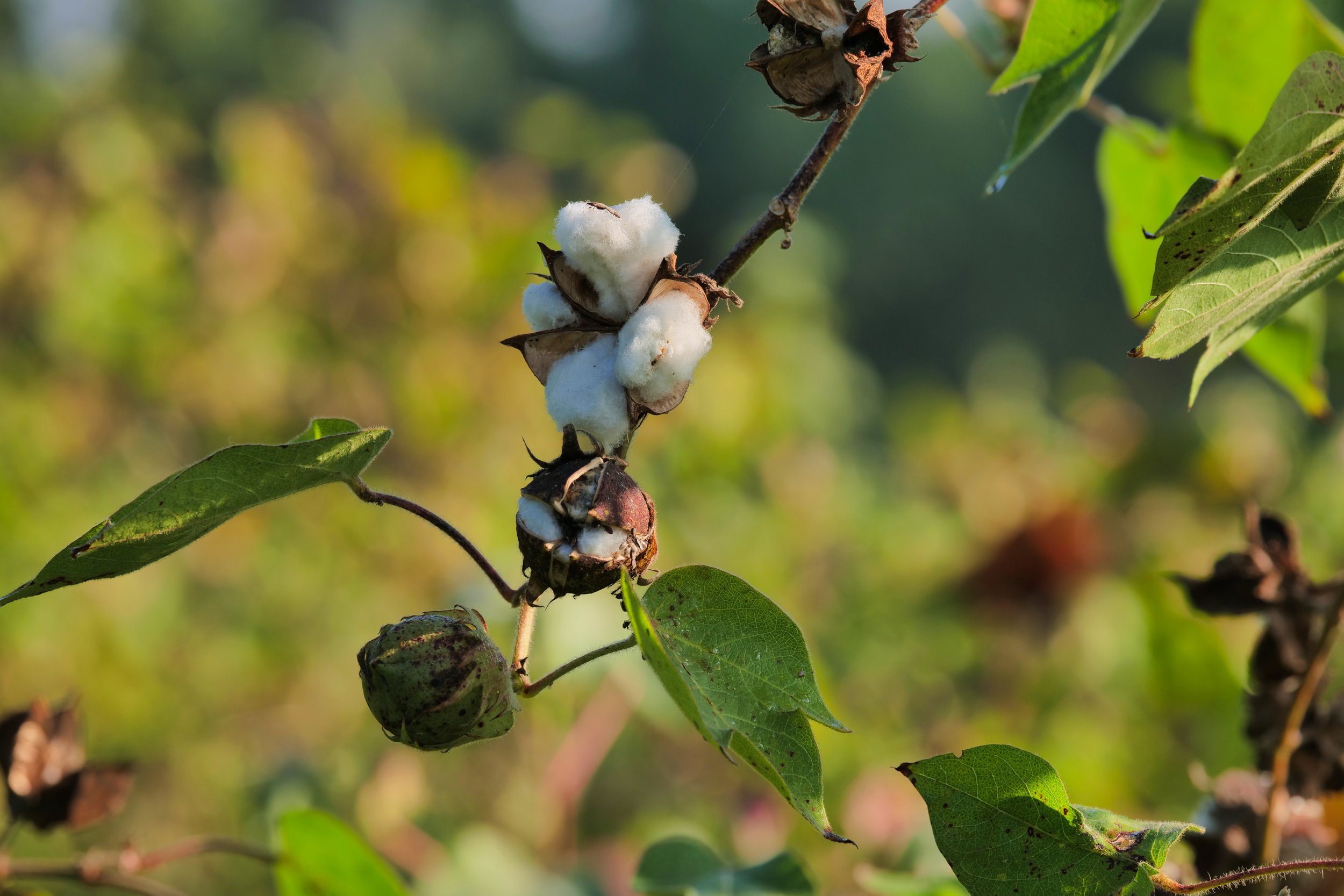12 things we’ve learned from our work with organic farmers
The world is getting very excited about organics. Organic farmers look after soil fertility and biological diversity, and they avoid the use of pesticides, antibiotics, fertilisers, and genetically modified organisms (GMO). And, from fruit and vegetables to cotton and cocoa, consumers continue to seek out goods that are produced on land farmed in the most sustainable way.
To meet the growing demand, organic farming is booming. According to Ecovia Intelligence, the global market for organic food reached US$97 billion in 2017, with many markets hitting double-digit growth rates. The French appetite for organics grew 18%, for example.
The area cultivated for organic farming has reached an all-time high, with almost 70 million hectares of land dedicated to it. That is 20% more land than the previous year, says the Research Institute of Organic Agriculture (FiBL). Now, in 14 countries, 10% or more of all agricultural land is organic.
Of course, the numbers of organic producers are growing too. Around 2.9 million farmers are practicing organic farming on land across the world (up 5% on the previous year), with the highest number recorded in India (835,200), according to FiBL figures.
This growth in demand for organic goods, particularly in market segments such as home textiles and hospitality, has seen more companies strive to build greater transparency in their supply networks, review pricing structures, and look to create greater diversity in organic cotton sourcing regions.
At CottonConnect, we understand why this growth continues. Having spent the last seven years working with partners to support thousands of organic cotton farmers across India, we have seen the benefits of sustainable agricultural practice first hand.
Working with partners such as C&A Foundation, Coyuchi, Carrefour and Volcom, we continue to help farmers understand the benefits of organic farming, and give them the knowledge and tools to convert their farms to grow cotton as efficiently as possible. We also help them to get their farms certified so that they can realise the value of producing sustainable cotton.
Here, we give you a summary of the key lessons and insights we have learned through our work with farmers and partners in the organic sector.
We met with our Organic Cotton Farmer Training Programme partners earlier this year, including VRTI, MAHITI, Prerana, Pratibha, Shree Ram Fiber and Nobel EcoTech. Based on real feedback we received, here is a summary of the key lessons and insights we have learned, including the challenges that still remain for organic farmers.
1. Awareness of organic farming practices is growing
While organic farming has been around for decades, only now is it gaining real traction with a new generation of farmers, re-energising the market and creating a movement across the cotton sector.
Our five-year Organic Cotton Farmer Training Programme with the C&A Foundation, for example, saw us provide technical and financial support to almost 23,000 farmers.
2. Farmer training and capacity building is crucial
Education and know-how is key to scaling up organic practices. Not only do farmers need support in understanding what constitutes good agricultural practice, they can also learn about organic cotton cultivation, financing of organic certification and the organisation of farmer collectives.
3. Organic farming really does improve soil quality
Soil quality is the foundation on which good farming is based. By adopting organic practices, the soil is able to retain higher amounts of nutrients compared to conventional soil. This boosts crop quality and further reduces the need for fertilisers.
Our training programmes teach farmers how to maintain soil health through methods such as intercropping. Growing peas or beans alongside cotton, for example, can help to improve nutrient fixation which ultimately improves the quality of the cotton.
4. Farmers are not spending as much on inputs
Chemical-free farming practices are not only good for the environment, but they are good for the wallet too. Many cotton farmers that we work with had previously found pesticides becoming ineffective, with natural predatory insects in decline across ecosystems due to excessive use of chemicals. It was more expensive to treat the crops and some farmers lost interest in cotton farming altogether.
By adopting organic inputs, not only did they find there was a drop in pest attacks in the field, but cultivation costs fell too. Integrated Pest Management, through intercropping, trap cropping and border cropping, helps to maintain a healthy biodiversity and keep pests at bay. Our training programmes also help farmers to learn how to produce their own inputs using locally available materials, including farmyard manure.
5. A premium can be achieved for organic produce
Brands are increasingly willing to pay more for certified organic cotton. By switching to organic, farmers are able to improve relationships with customers and find new markets for their produce.
Also, not only are farmers gaining revenue from their cotton, but they can also make money from other crops grown in the field, all of which are certified as organic too.
Our programmes help to connect farmers directly with our partner brands, but they are also free to sell their organic cotton elsewhere too. Commonly, farmers can achieve a 10% premium on the market price.
6. Household livelihoods are better
Of course, if farmers are making more money from their crops, they have more disposable income to spend on other things, such as sending their children to school, making sure they have more food at home, and further investing in their farms.
7. Entire communities can thrive and prosper
Growing a pool of more prosperous farmers creates a more sustainable community of households able to sustain themselves, grow their businesses and improve health and wellbeing.
By improving seed availability and quality for local farm groups, boosting supply chain linkages with ginners and spinners and creating a better infrastructure, entire communities can share in the benefits of organic farming.
8. Finding quality non-GMOds remains a challenge
Starting with the right seeds is crucial. With few non-GMO seed vari seeeties available, farmers wishing to adopt organic practices still find it hard to access good quality seeds.
We work hard to explore a range of authentic seeds to determine the ones that will produce the best crop, with greater yields and better fibre qualities.
9. Farmers remain keen on switching to alternative crops
Encouraging farmers to stick with their organic cotton farms, rather than switching to other crops whenever there is an erratic weather event or a jump on market prices, for example, remains a challenge.
Bt cotton (a genetically-modified, pest-resistant plant cotton variety) often produces greater yields. However, sticking with organic for the long-term has proven to deliver strong results for thousands of farmers.
10. Getting certified can be a headache
Ensuring farming methods comply with organic principles through certification is important if farmers are to reap the economic benefits of producing cotton sustainably.
But, getting certified can be a complex process. Often for farmers it’s a choice between following the right approach versus following an easy approach. But improving integrity means improving the quality of the product, protecting the environment and creating better livelihoods for farmers and their families.
11. Scaling organic farming requires more commitment from brands
Cotton farmers are increasingly seeing organic farming as a viable business model.
However, organic cotton farming comes with a unique set of challenges, not least in securing genuine non-GMO seeds and producing lower yields than GMO crops. There are also additional costs associated with certification.
None of this is a problem if brands are willing to support the organic movement by paying a premium for certified organic cotton and creating more and more demand for high quality, sustainable produce.
12. Organic is inspiring the whole sector
The impressive results achieved by organic cotton farmers is helping to galvanise and inspire the entire sector. We have been able to use what we have learned from the approach and practices of our organic farmers and introduced those across all of our other work too.































